Waxed Crayons for Artists
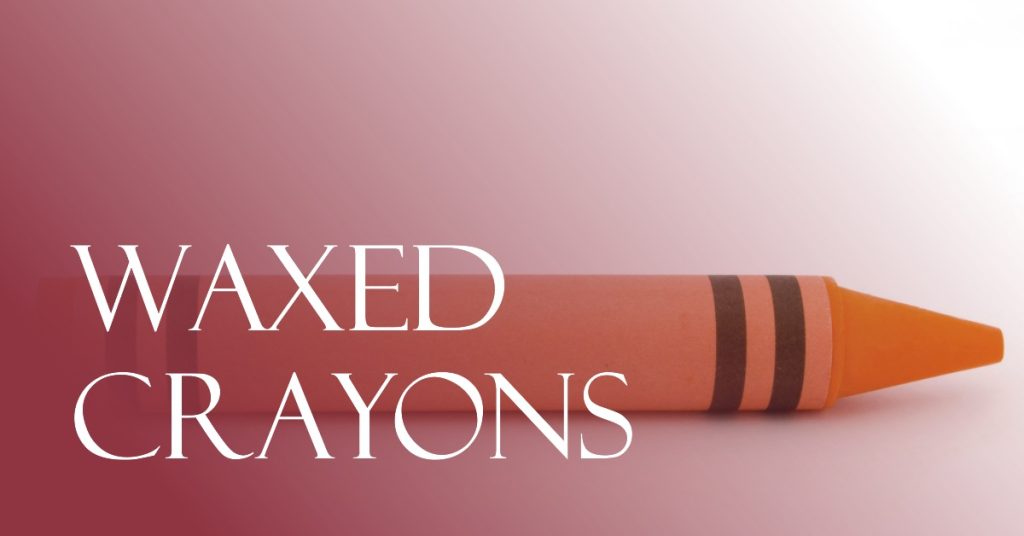
Waxed crayons are a staple in the world of art and education, providing individuals with a versatile and affordable means of expressing their creativity.
These colorful sticks of wax have been used for centuries to create beautiful works of art and teach important skills to students of all ages.
In this article, we will delve into the definition, history, and importance of waxed crayons in both the artistic and educational realms.
- Waxed Crayons for Artists
- Definition of Waxed Crayons
- Brief History of Waxed Crayons
- Importance of Waxed Crayons in Art and Education
- Composition and Manufacturing of the Product
- Process of Manufacturing Waxed Crayons
- Types of Wax Crayons Available in the Market
- Properties and Uses
- Educational Uses
- Advantages and Disadvantages
- Maintenance and Preservation
- Preserving old or broken pieces
- Final Thoughts on Wax Crayon
Definition of Waxed Crayons
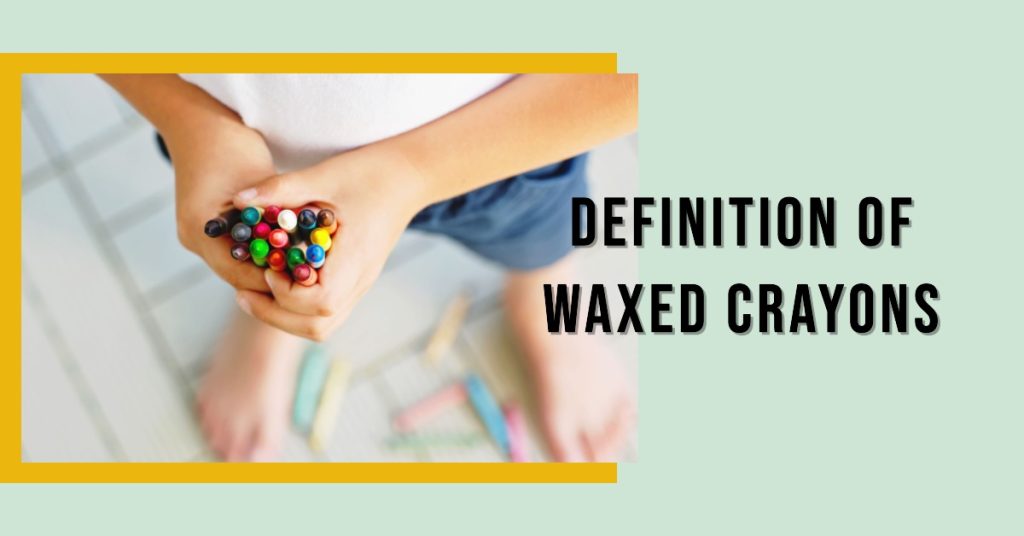
Waxed crayons are drawing implements made from a mixture of colored pigments and waxes that impart color to paper or other surfaces when applied through friction.
The waxes used in these crayons are typically paraffin or beeswax, which provide a smooth consistency that allows for easy application without smudging.
The pigments can be made from any number of substances such as clay, chalk, or synthetic materials.
Brief History of Waxed Crayons
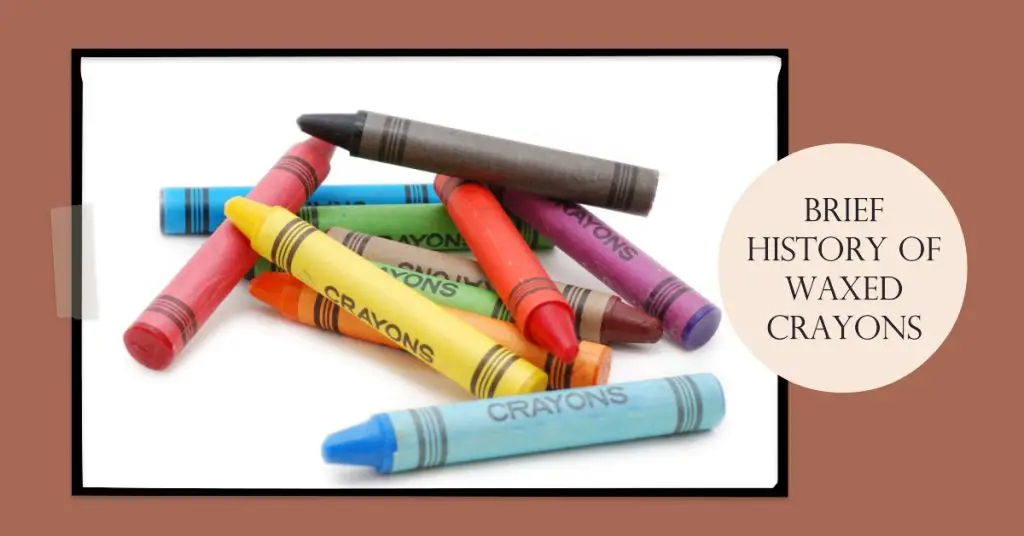
Wax crayons have a fascinating history. Egyptians, Romans, Greeks, and Filipino indigenous people first used wax crayon drawings.
Charles A. Bowley of Massachusetts invented paraffin wax crayons in the late 1880s. He sold stationery and made leather-marking wax clumps.
He then formed the wax crayons into pencil-like cylinders and packaged them in decorative boxes.
Franklin Mfg Co. sold wax crayons since 1883. In 1903, Joseph Binney founded Crayola, selling wax crayons.
They made a safe, sturdy, affordable coloring stick with paraffin wax and nontoxic pigments. “Staonal Crayons” became “Crayola.”
Crayola produced 2.5 million wax crayons a day by the 1920s due to rising demand. Wax crayons are still popular with kids and adults and come in many colors and styles.
Importance of Waxed Crayons in Art and Education
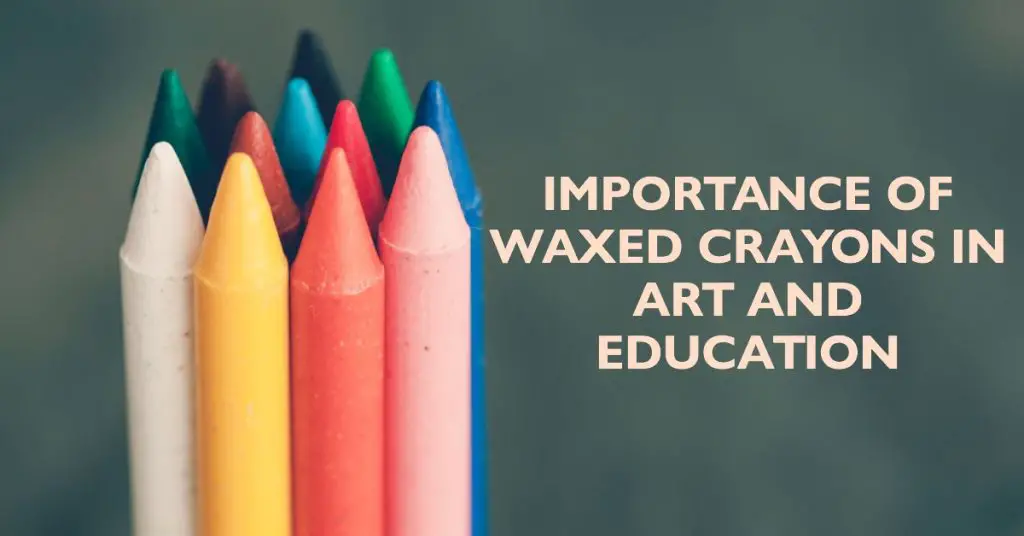
Waxed crayons play an essential role in both artistry and education by providing individuals with a simple yet effective means of developing fine motor skills while exploring their creative potential.
Art teachers often use waxed crayons in the classroom because they are easy to work with, and students can produce colorful works of art in a matter of minutes.
Furthermore, waxed crayons have been used by artists for a wide range of purposes such as creating sketches or paintings.
They offer a convenient way to experiment with different colors and textures while leaving room for mistakes and revisions.
Overall, waxed crayons provide an affordable and versatile way to encourage creativity, teach important skills, and facilitate self-expression in people of all ages.
Composition and Manufacturing of the Product
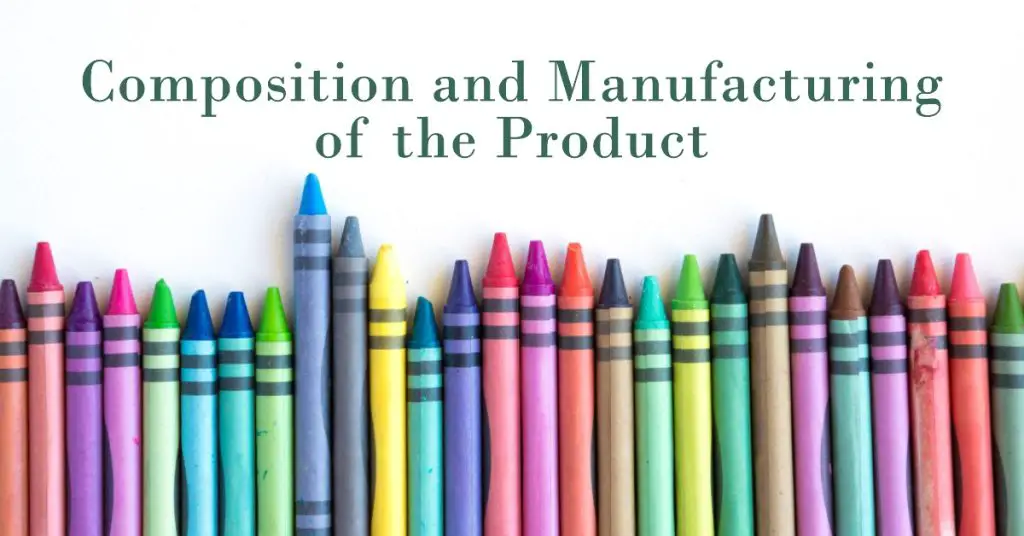
Ingredients Used in Making Waxed Crayons
Waxed crayons are made using a combination of paraffin wax, color pigments, and binding agents. Paraffin wax is the primary ingredient, making up about 50 to 70 percent of the mixture.
This type of wax is derived from petroleum and is preferred because it burns cleanly and has a low melting point that makes it easy to shape into crayon form.
Binding agents like stearic acid or beeswax are added to help strengthen the crayon and prevent it from breaking easily.
Color pigments used in waxed crayons can be either natural or synthetic.
Natural pigments are derived from minerals or organic sources such as plants, while synthetic pigments are created in a laboratory.
The choice of pigment depends on the manufacturer’s preference for color intensity, brightness, lightfastness, and cost.
Process of Manufacturing Waxed Crayons
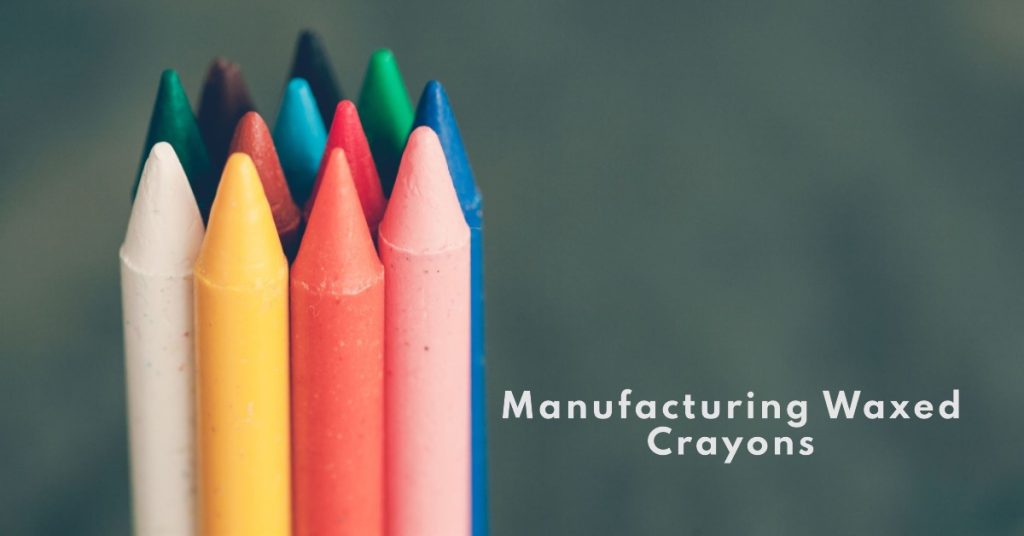
The process of manufacturing waxed crayons starts with blending all ingredients together until they form a smooth mixture.
This mixture is then poured into molds that have been preheated to a specific temperature.
Once the molds are filled with the mixture, they are cooled quickly using water or air jets until they solidify.
After cooling off, the newly formed waxed crayon sticks are removed from their molds and inspected for quality assurance purposes.
This involves checking for defects such as cracks or chips before packaging them into boxes.
Types of Wax Crayons Available in the Market
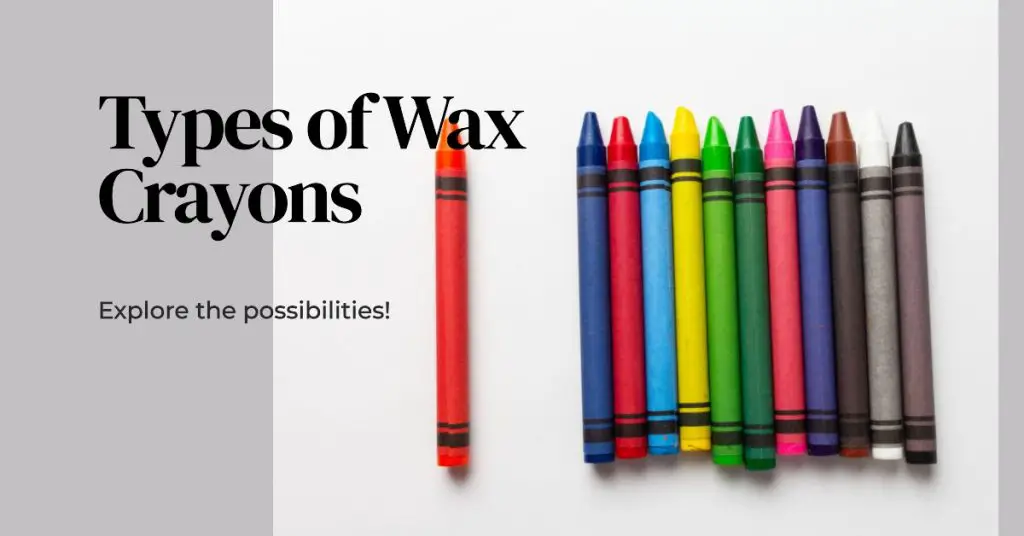
Waxed crayons come in various shapes and sizes ranging from jumbo sticks to thin pencils depending on their intended usage by consumers.
They also come in different colors to suit every need imaginable.
Some popular types of waxed crayons available in the market include water-soluble ones that allow for blending with watercolors, fluorescent ones that glow in the dark, metallic ones that give a shiny finish to drawings, and scented ones that add a sensory element to the art experience.
Recently, eco-friendly waxed crayons have also been introduced into the market as an environmentally conscious alternative made from natural and biodegradable materials.
Properties and Uses
Waxed crayons are known for their vibrant colors, soft texture, and durability. They come in a range of hues that can be blended together to create new shades, giving them versatility in art.
The physical properties of waxed crayons make them perfect for a variety of artistic uses such as drawing, coloring, shading, blending, and layering.
Artistic Uses
Waxed crayons are popular among artists because they allow for a wide range of techniques that can produce stunning results.
For example, an artist can use the side of the crayon to create broad strokes or the tip to add fine details.
By varying pressure and overlapping colors, an artist can create smooth gradients or bold textures.
Waxed crayons also have unique properties that make them ideal for specific types of artwork such as creating a crackling effect on paper by heating it with a hairdryer after coloring it with waxed crayons.
Educational Uses
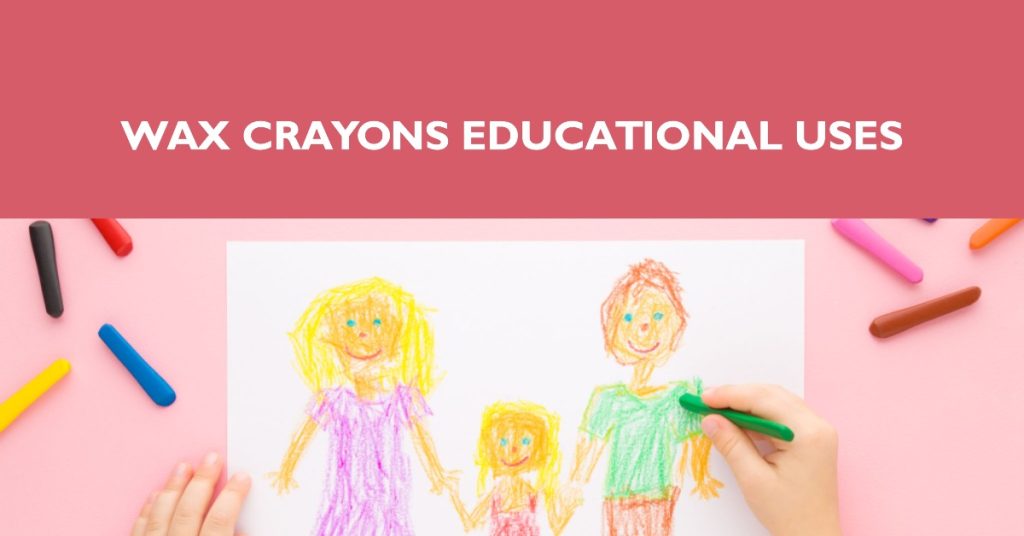
Waxed crayons are not just for artists but also have many educational uses.
They are frequently used in preschools and kindergartens to teach fine motor skills such as grip strength and finger dexterity.
Coloring with waxed crayons requires children to hold them properly and use different amounts of pressure while coloring which helps develop hand-eye coordination and spatial awareness.
Additionally, colorful waxed crayons can be used to teach color recognition skills by asking children to match colors or name each one as they use it.
Using waxed crayons encourages creativity since children can experiment with different techniques like layering or blending colors together.
The physical properties of waxed crayons make them an excellent choice for both artistic and educational purposes due to their versatility.
They lend themselves to easy color mixing techniques and layering that creates smooth gradients on paper.
There have a soft texture which makes them easy to use, and durability which ensures that they will last long enough for multiple uses.
Advantages and Disadvantages
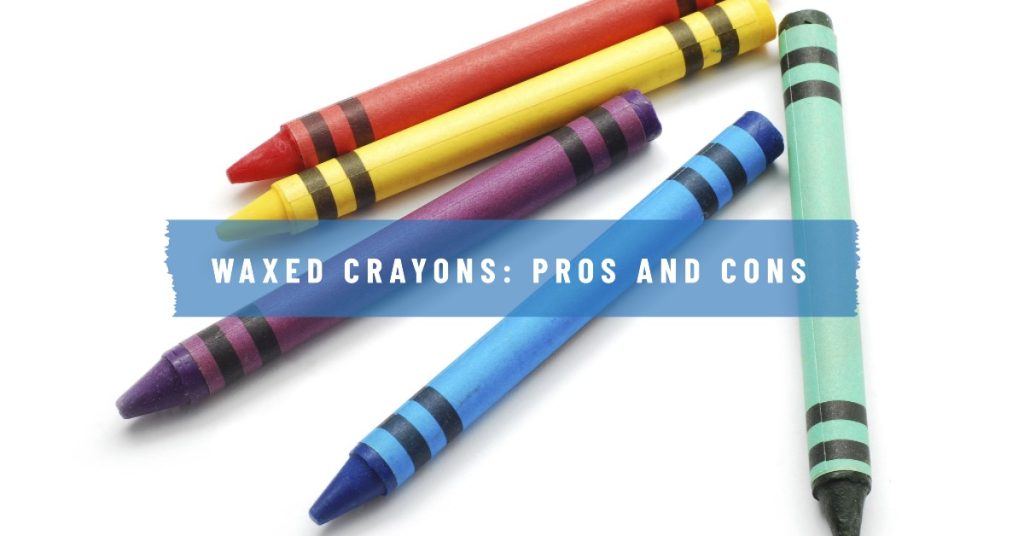
The Good: Ease of Use, Affordability, and Variety
- Waxed crayons are easy to use and require no set-up or cleaning like paint or pastels. You simply take one out of the box, peel off the paper wrapper, and start drawing.
- They are relatively cheap when compared to other art supplies like markers or paints.
- This makes them accessible to all income levels and a popular choice for schools looking to purchase supplies in bulk.
- Waxed crayons also come in a wide variety of colors and sizes, making it easy for artists to find exactly what they need for their work.
The Bad: Fragility and Melting Point
- One of the only downsides to using waxed crayons is that they can break easily if used with too much force.
- This can be frustrating for artists who want precise lines or need consistency in their work.
- They have a relatively low melting point compared to other art materials like oil pastels or paint sticks.
- This means that they may melt when exposed to high temperatures such as direct sunlight or being left in a hot car.
- As a result, it is important to store waxed crayons properly when not in use so that they maintain their shape and color over time.
Overall, despite some minor disadvantages, the benefits of using waxed crayons far outweigh any negatives associated with them.
They remain one of the most popular art supplies available due to their ease-of-use, affordability, wide variety of colors available,and versatility across age groups & skill levels
Maintenance and Preservation
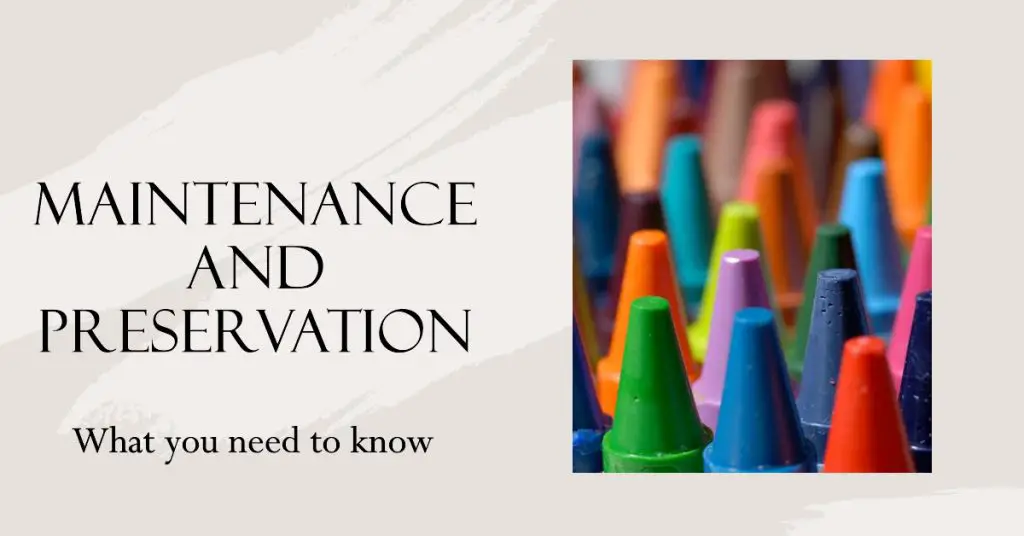
Tips for maintaining the quality of waxed crayons
- Waxed crayons need proper care to ensure they retain their quality and longevity.
- One of the most important things to note is that they should be kept away from heat sources or direct sunlight. High temperatures can cause the wax to melt, making them unusable.
- It’s advisable to store them in a cool, dry place such as a pencil case or drawer. Another tip is to avoid exposing them to water or moisture as this can make them soft or sticky.
Preserving old or broken pieces
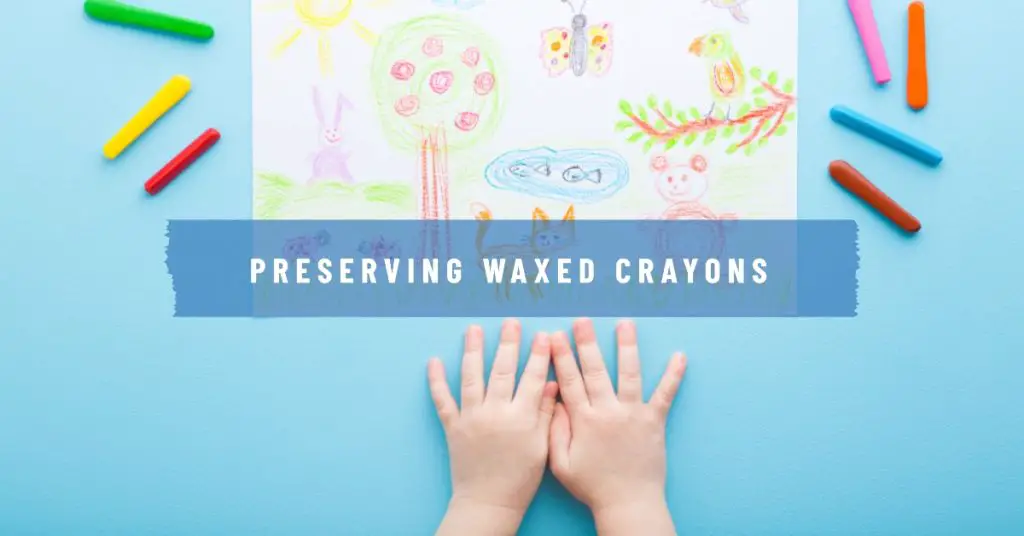
- Broken crayons don’t have to go to waste. They can be melted into new shapes or used for creative projects.
- One way to do this is by melting them into silicone molds with interesting shapes such as stars, hearts, or animals.
- The melted wax can also be poured into a cookie cutter on top of parchment paper so that it hardens into a fun shape.
- Another idea is using broken crayons for art projects such as creating a mosaic by gluing them onto cardboard or canvas and covering with clear glue for protection.
Overall, proper maintenance and preservation of waxed crayons will keep them in good condition for longer periods and make sure they remain an essential tool in both artistic and educational settings.
Final Thoughts on Wax Crayon
In conclusion, wax crayons are not just tools for children to express creativity. They have a range of uses and benefits for adults as well.
Artists use them for experimenting with sketching and blending techniques. Teachers use them to help students develop fine motor skills and improve hand-eye coordination.
Using wax crayons can be therapeutic and reduce adult stress levels. This humble art tool has more potential than we may think.
Therefore, it is time we start appreciating the versatility and value of wax crayons beyond just child’s play.


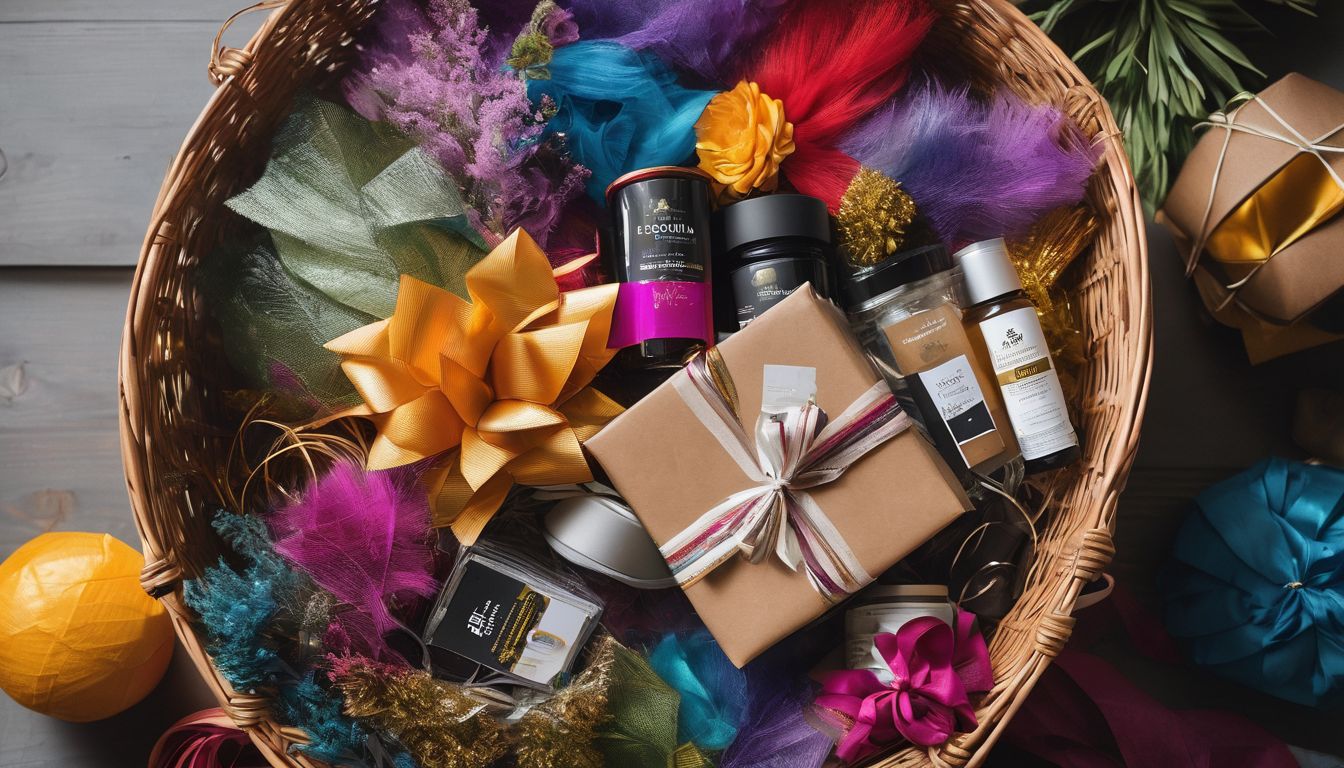

Leave a Reply